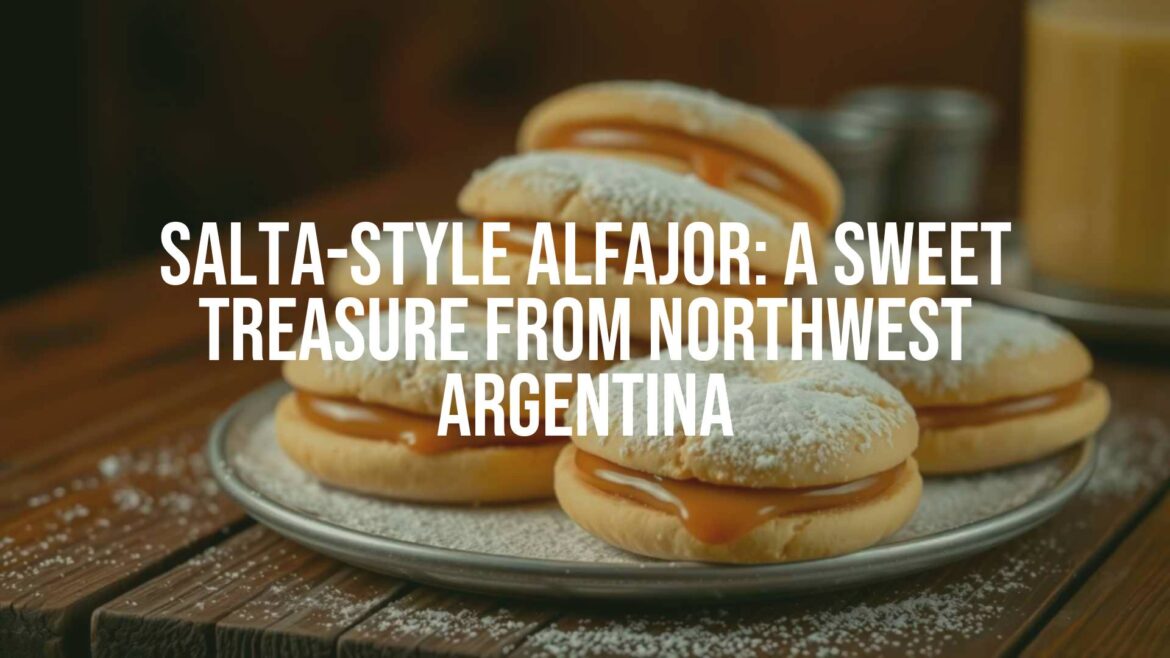Salta-Style Alfajor: A Distinctive Regional Delicacy
The alfajor is one of Argentina’s most beloved confections, but within this broad family, the Salta-style alfajor stands out for its unique character and deep connection to the northwestern province of Salta. Unlike mass-produced varieties found in other parts of the country, Salta’s version carries local flair, making it a sought-after treat for visitors and a point of pride for locals.
Origins and Historical Roots
The tradition of alfajores in Argentina traces back to Spanish colonial times, with roots in Andalucian and Moorish sweets. In Salta, however, the alfajor evolved under the influence of indigenous ingredients and Andean culinary traditions. Local producers embraced regional products, infusing the classic sweet with flavors and textures unique to the area. Over generations, the Salta-style alfajor has become a symbol of regional heritage, especially in celebrations, festivals, and family gatherings.
Key Features and Composition
What sets the Salta-style alfajor apart is its composition. The outer layers are typically made from corn starch or wheat flour, resulting in a crumbly, almost melt-in-your-mouth texture. The true hallmark is the filling: Salteños favor local “dulce de cayote” (a sweet jam made from cayote, a squash native to the region) or, occasionally, “dulce de leche.” Some versions are dusted with powdered sugar, while others are lightly glazed with a simple icing or even dipped in chocolate for a festive touch.
Cultural Significance and Social Life
In Salta, alfajores are more than a dessert—they are woven into daily routines and social customs. These sweets commonly accompany mate (the traditional herbal infusion) during afternoon gatherings, serve as popular souvenirs for travelers, and find their way into local fairs and religious festivals. Offering a Salta-style alfajor is often seen as a gesture of hospitality, underscoring the treat’s importance in regional identity.
Regional Variations and Interesting Facts
While many parts of Argentina have their own versions of the alfajor, the use of indigenous cayote in Salta’s recipe is especially noteworthy. Other regions may use quince or dulce de leche exclusively. In rural areas, family recipes sometimes include nuts or spices grown locally, and a few artisanal bakers continue to prepare alfajores in old wood-fired ovens, imparting distinct flavor notes.
Frequently asked questions include whether the Salta-style alfajor is gluten-free—most traditional recipes use wheat or corn starch, but gluten-free versions are increasingly available. Another recurring curiosity is the pronounced flavor of the cayote jam, which is firmer and less sweet than fruit jellies used elsewhere, providing a sophisticated contrast to the sugary exterior.
Conclusion
The Salta-style alfajor is a showcase of Argentina’s regional diversity, blending Andean heritage, local ingredients, and time-honored baking traditions. For anyone visiting the northwest, sampling this treat is an essential culinary experience—a sweet bite of Salteño culture.


